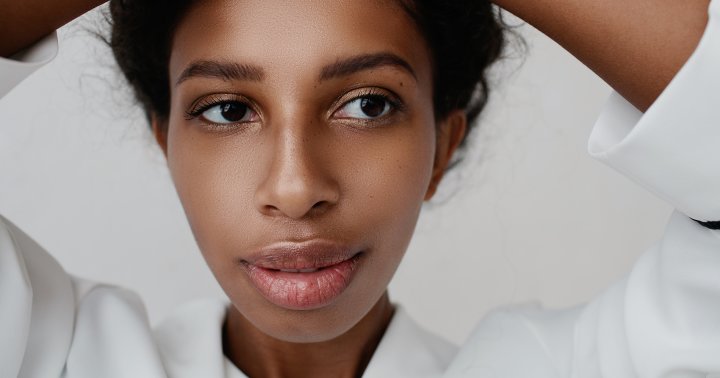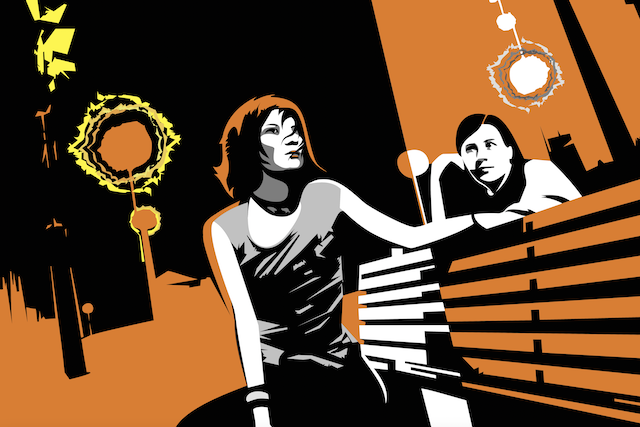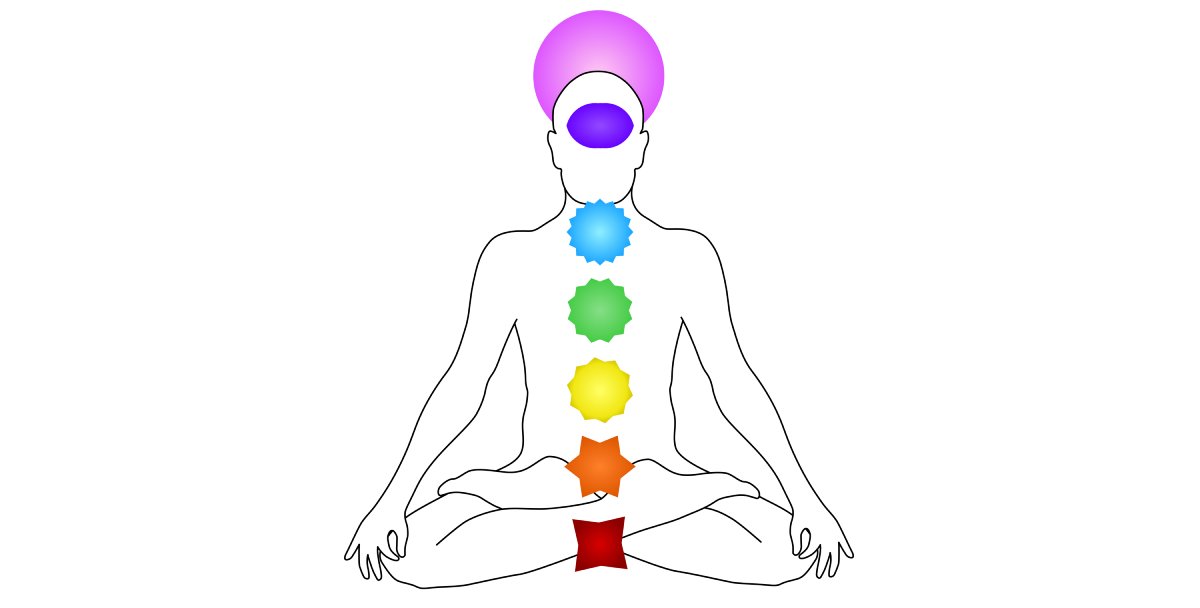5 Light Therapy Hacks You Can Do At Home For Better Sleep & Overall Health
Use light to your advantage.


Our editors have independently chosen the products listed on this page. If you purchase something mentioned in this article, we may earn a small commission.
October 13, 2021 — 9:02 AM
Question: How often do you think about your light environment? If your answer is uh, not really, you’re not alone. Light is everywhere, and yet we tend to underestimate its impact on well-being. But make no mistake: According to functional medicine doctor Leland Stillman, M.D., light can affect your sleep, your mood, your energy, and the list goes on. “You have to think about light as something that you're really getting a dose of every day,” he says on this episode of the mindbodygreen podcast. “The good news is that light is something we can have total control over.”
Here, he explains how to use light to your advantage—not just for sleep but for your overall health, too. f
1. Swap your light bulbs.
“One of the big things I recommend to people is that they use warm-color temperature bulbs in their home, especially [in rooms] where they're going to be after dark,” says Stillman. “Those frequencies are not going to disrupt their sleep and their melatonin cycling.” (Whereas, cooler, shortwave blue light suppresses melatonin production and can make it harder for you to fall asleep.)
Essentially, you want your bulbs to reflect nature: After dark, the only light in nature is infrared, says Stillman, which means you want to minimize as much blue or green light in your bedtime environment as you can. “You're not going to have your circadian rhythms disrupted by small amounts of red, yellow, orange light,” he adds. Think really warm, incandescent bulbs that resemble candlelight. “Those contain so little blue and green light that I don't see them creating an issue for people's circadian rhythms,” he says.
2. Invest in blackout shades.
According to Stillman, a completely dark room is essential for sleep (other experts would agree). If you live in an urban area, it can be difficult to evade the glow from lamp posts, neighboring buildings, and such. In that case, Stillman suggests you invest in a set of blackout shades. “A pair of blackout curtains may be the best investment somebody can make,” he says. Or, at the very least, grab an eye mask.
3. Get bright light in the morning.
“I advocate for a sleeping environment where you will naturally get morning light that will wake you up,” Stillman says. Of course, as we mentioned above, sometimes that’s not possible if you live in a bustling city and thus can’t sleep with the shades open—but it’s important to get some sunlight into your eyes when you wake up. "Coffee on the terrace, a walk around the block, something that gets them into the brightest intensity of light in their environment,” says Stillman.
See, during the day, you actually want that blue and green light exposure: The sun's blue light regulates your natural sleep and wake cycle, helps boost alertness, and can even elevate your mood. “I want you to get a certain amount of light in your eye without glasses or contacts over them, just to make sure you're having adequate energy coming into the body to time those rhythms and to set off that cascade of neurotransmitter and hormone release,” Stillman adds. (Safety comes first, of course; perhaps don’t walk around the block if you can’t see without glasses or contacts.)
If you live in an area that doesn’t get much light (like far up north), Stillman recommends full-spectrum lighting bulbs to help mimic the sun. “They're a bright color temperature, which means they’re somewhere between three and 5,000 Kelvin, which is the measurement we use to denote how much blue and green light is present.” Just as how you can mimic nature when it's dark (with warmer bulbs), you can do the same during the day as needed.
4. Try a red light panel.
Let’s address the elephant in the room: Sure, you may go on a quick morning walk for that initial burst of sunlight, but if you work in an office (or home-office) setting, chances are you’re indoors staring at a screen for the rest of the day. Says Stillman, we tend to miss out on that precious infrared and red light when we’re cooped up indoors—and on the flip-side, fluorescent, flickery office lighting is especially problematic.
“I want people to get adequate, visible light, infrared, and red light,” he says. A full-on infrared sauna is unrealistic for most of us, (but if you are in the market, our favorites: here), so he recommends investing in a red light panel. “It's not more than two inches, and you can hang it on your wall. Spend five to 20 minutes in front of it every day, and it sometimes has amazing benefits for people.” (Here’s a miniature model for $299; super pricey, but unfortunately most panels do cost a pretty penny.)
In terms of health benefits, he references the power of red light therapy for managing back pain (and research backs up the claim), but we should note that these healing benefits are typically seen in professional settings with red light therapy beds. As for home devices, we need more research to make the call, but Stillman still recommends daily red light exposure if you can, just to get those frequencies into your body.
5. Download computer apps.
On the topic of screens, Stillman also recommends downloading apps that can counter flicker effects (which can lead to eye strain for some people). “Iris is an app that I've used in the past that will correct flicker effects,” he says. “I'll also use [apps] like Iris or f.lux in order to change the color temperature on the screen and make it warmer, so there's less eye strain.”
At its core, “light therapy” really just refers to using light to your advantage—which you can do in the comfort of your own home. All it takes is a few lifestyle tweaks.
https://www.mindbodygreen.com/articles/light-therapy-hacks-for-better-sleep-and-overall-health

 MikeTyes
MikeTyes 























.jpg&h=630&w=1200&q=100&v=6e07dc5773&c=1)








